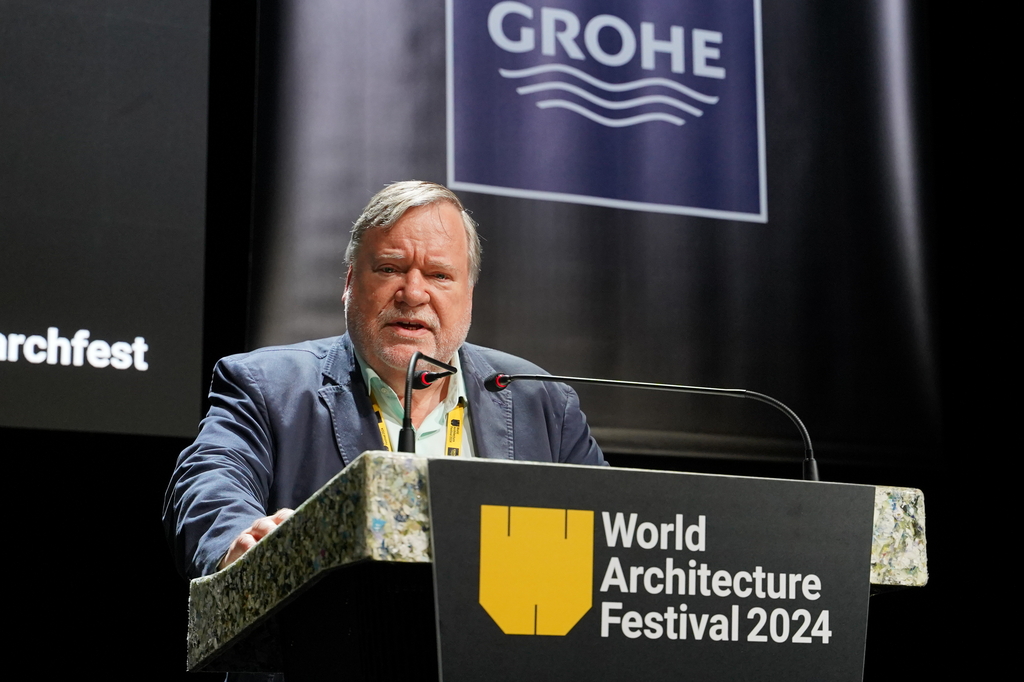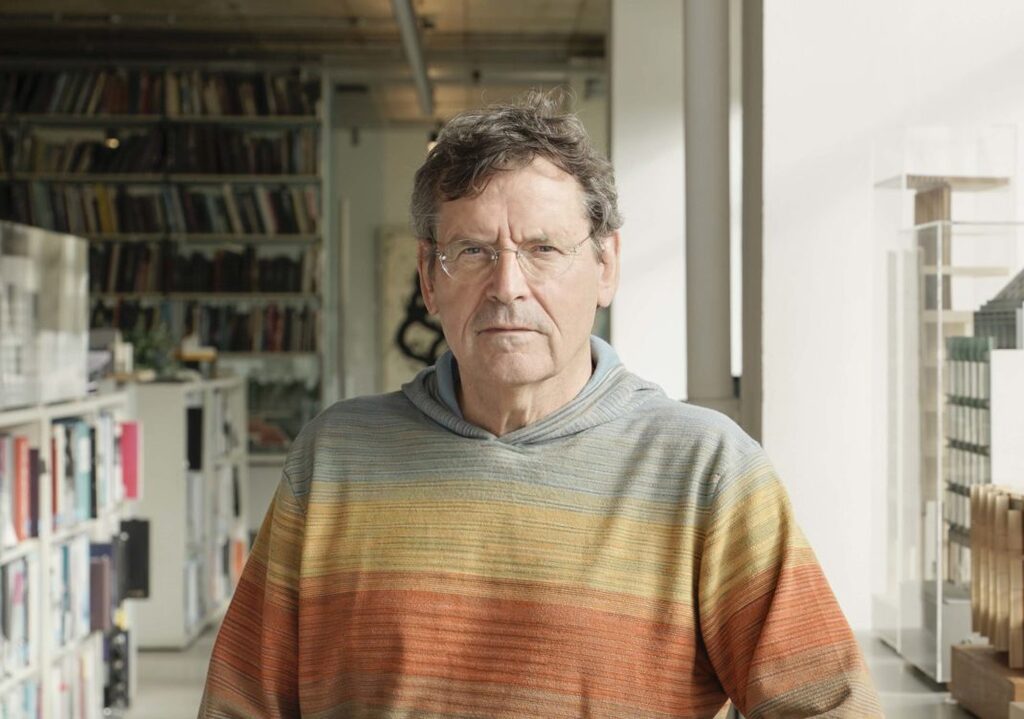
The architecture of planning
A CBE for Eric Parry, and obituary notices for Leon Krier, are a reminder of the wealth of creativity and controversy in the world of architecture – and also prompt thoughts about the relationship between architecture, planning and urban design, writes Paul Finch.
Parry is a phenomenon among London architects because of the volume and quality of his work in both the City of London and the City of Westminster. His two biggest projects in the City (the Corporation’s new legal mega-complex on Fleet Street and the replacement Aviva Tower which will be the tallest building in the Square Mile) are still in progress. Perhaps once complete they will prompt a knighthood!

In Westminster, there is the work on Savile Row and Bond Street; the triumphant re-working of the Waterstone’s building on Piccadilly; and the subtle office building next to Lutyens in St James’s Square.
Unlike his commercial architect predecessors (probably only Richard Seifert matched him for output in central London), Parry is just as at home in the worlds of art (the extension to the Holburne in Bath) and community/charity projects, for example the work in Charterhouse Square. This Royal Academician has managed occasionally to blend art and architecture, for example through use of colour, and more recently to engage with the natural world through provision of roof gardens, publicly accessible.
So does he have a problem with the planning system, which is supposed by critics to stifle innovation in favour of the bland? Not at all – he just gets on with it, listens to comments and criticisms, and like all good architects declines to be thin-skinned, instead responding to what has been said without losing the spirit or integrity of the original idea.
Leon Krier had quite a different attitude to planning, which is to say that he thought he knew best. Sometimes he was right. An excellent architect who worked for James Stirling (and was said to have converted Stirling to the latter’s particular version of post-modernism), Krier was at his most influential in the 1980s and early 1990s because of his influence on the then Prince of Wales. The latter’s distrust of ‘continental theorists’ did not extend to Krier, whose urban design ideas were made flesh in the Poundbury development on the edge of Dorchester, by the Prince’s Duchy of Cornwall.

The proposal was really a critique of the conventional volume-housebuilder idea of how you provided housing in a situation like this: build low-density, car-dependent estates a few miles from the nearest city, where land can be purchased cheaply.
Poundbury was a different proposition, not completed to the scale Krier envisaged, but completed enough to make an urban argument. Needless to say, it was the relentless classicism which enraged some critics and delighted others. Georgian in the late-20th century? Go for it!
Krier once admitted at a Royal Academy public event that in fact the architecture could have been in any style, following a question from your correspondent. But he claimed that only architects who believed in masonry construction would have drawn up the masterplan he had fashioned. On another occasion, on a visit to Poundbury with the Prince of Wales in tow, I asked Krier why he hadn’t invited modernist architects to design things like light industrial buildings. ‘I will invite them, but only after they have invited me to work on one of their projects,’ he declared, with a laugh.
He also, in a short talk on that occasion, drew his version how height should work in a city, with a hierarchy of civic and religious buildings outgunning office towers. His version of a single storey development included a church, since the steeple did not contain any floors. His drawings and commentaries on what was wrong with modern architecture, and how it could be adjusted, were one of the best things in Architectural Design magazine at the time, offering a critique with the advantage of witty visuals.
Those arguments and discussions really are evidence that the past is another country. Much of what Krier and the future Charles III were saying at the time have been absorbed into contemporary thinking, while today’s neo-modernists are happier to co-exist with designers of other persuasions. Silos have to an extent dissolved.
In retrospect, everybody had more in common than they wanted to acknowledge. When the Prince made his Hampton Court speech in 1984, I wrote an editorial headlined ‘Two cheers for the Prince’. If only he had realised that instead of criticising architects like James Stirling, he should have recruited them to his cause.
Did the Prince realise, when he attacked Stirling’s No 1 Poultry development in the City of London, that he was criticising an architect for whom Krier had worked and respected? And isn’t that building a bit Krier-esque?
It is certainly not something that Eric Parry would have designed, but he is far from being an austere black-and-white kind of architect. If you get the chance, visit his Leathersellers livery company building in the City. A sumptuous pocket masterpiece.
Founder Partner






